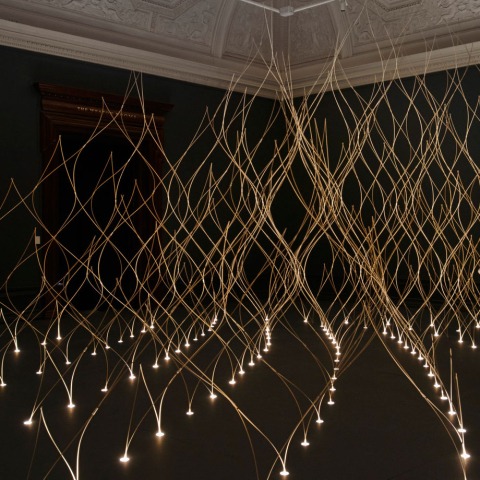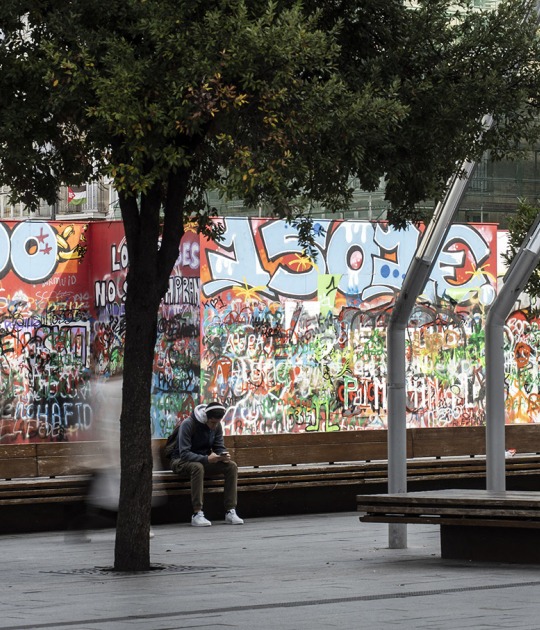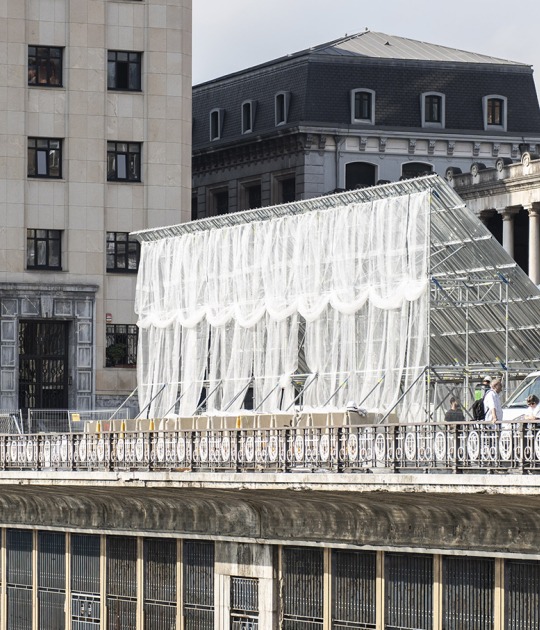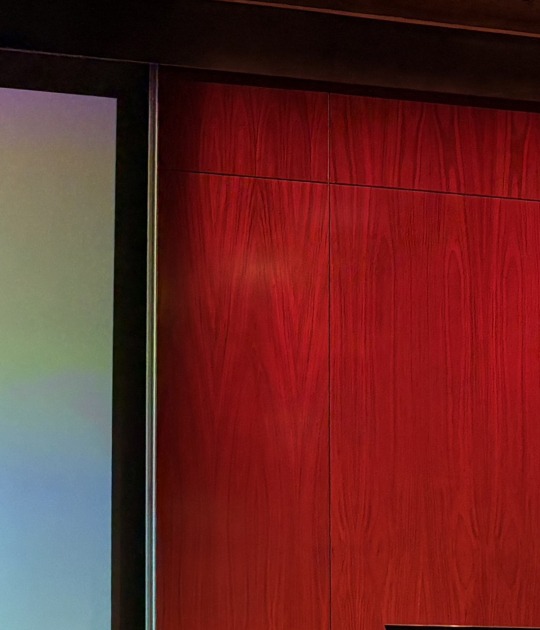The RA has commissioned the architects to create site-specific installations; the shared brief is to explore the essential elements of architecture. Instead of representations of buildings in the form of models, plans or photographs, the RA is re-defining the traditional architectural exhibition to immerse visitors in a multi-sensory experience. Sensing Spaces: Architecture Reimagined considers architecture from the angle of the human encounter: how vision, touch, sound and memory play a role in our perceptions of space, proportion, materials and light.
Seven architectural practices from six countries and four continents. 23,000 square feet. 72 days. One monumental exhibition.
The architects include well-known and emerging practices and hail from diverse geographical and cultural backgrounds. Collaborating across the globe on this project are: Grafton Architects (Ireland); Diébédo Francis Kéré (Germany/Burkina Faso); Kengo Kuma (Japan); Li Xiaodong (China); Pezo von Ellrichshausen (Chile); Eduardo Souto de Moura and Álvaro Siza (Portugal). The architects have been carefully selected to form a group whose distinct approaches share similarities and offer contrasts. They all create work that is particularly responsive to people and place. They share an understanding of the sensorial capacity of architecture and its materiality.
As you respond to different structures, textures, lighting, scents and colours, they invite you to consider some of the big questions about the nature of architecture; how do spaces make us feel? What does architecture do for our lives?
The interventions within the Academy’s Grade II* listed galleries will engage visitors with structures, textures, sounds, spaces and even scents. A monumental structure by Pezo von Ellrichshausen, occupying the largest of the galleries, will challenge our sense of perspective; inspired by a Ko-Do, the Japanese smell ceremony, Kuma will highlight the importance of scent; Kéré’s tunnel will invite visitors to physically interact with the structure’s fabric; a labyrinth by Li Xiaodong will create a sense of containment and compression in contrast to Grafton’s exploration of light. Siza and Souto de Moura’s subtle installations will encourage visitors to consider the architectural history of the building.
You are as much a part of this exhibition as the work itself – invited to touch, climb, walk, talk, sit, contemplate - reimagine the world around you.
Sensing Spaces: Architecture Reimagined. Curator.- Kate Goodwin
Venue.- Royal Academy of Arts, Burlington House, Piccadilly, London W1J 0BD. UK.
Dates.- Sensing Spaces: Architecture Reimagined is at the Royal Academy until 6 April 2014.







































